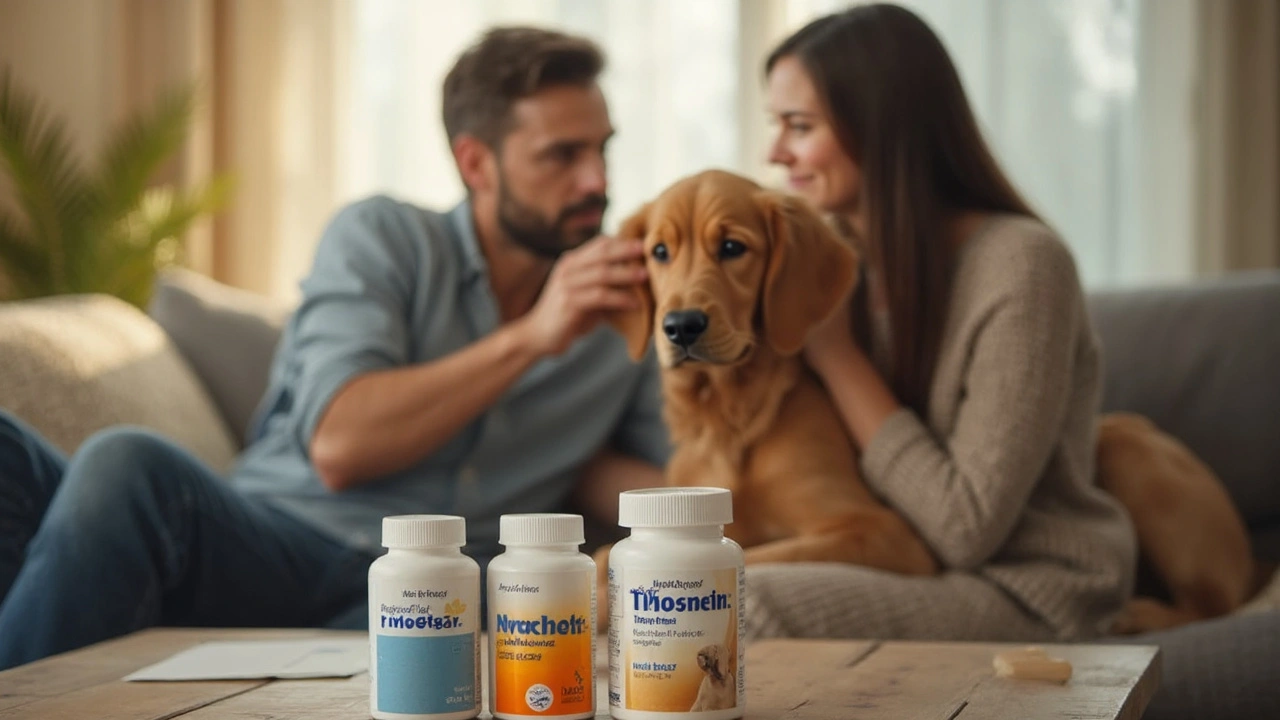Antibiotics for Dogs: What You Need to Know
Taking care of your dog's health can get tricky, especially when they need antibiotics. These medicines help fight bacterial infections and can make your pup feel better fast when used right. But antibiotics aren’t one-size-fits-all — different infections need different treatments, and your dog’s dose matters.
How Antibiotics Work for Dogs
Antibiotics fight bacteria by either killing them or stopping their growth. Vets prescribe them when your dog has an infection that won’t clear up on its own. Common issues include skin infections, ear infections, bladder infections, or wounds that get infected. It’s key to follow your vet’s instructions because using antibiotics incorrectly can cause problems like resistance or side effects.
Dosage and Safety Tips
Never guess your dog’s antibiotic dose. Too little won’t work, and too much could be harmful. The dose depends on your dog’s size, the infection type, and the specific antibiotic. Missing doses or stopping treatment early can also cause the infection to come back stronger. If your dog misses a dose, talk to your vet before giving the next one to make sure you’re on track. Watch for side effects like vomiting, diarrhea, or changes in behavior, and tell your vet if anything seems off.
While antibiotics are powerful tools, they’re just one part of keeping your dog healthy. Keeping up with regular vet checkups, preventing infections with good hygiene, and feeding a balanced diet all help your pup stay strong and happy.
Got questions about metronidazole or co-amoxiclav for your dog? Understanding these common medications, their uses, and how to manage them safely can ease the stress of treatment. Proper care and knowledge make a big difference.
In the end, antibiotics can save your dog’s life when used right, so don’t hesitate to ask your vet everything you need to know. Your furry friend deserves the best care, and you’re the one who can make it happen.

